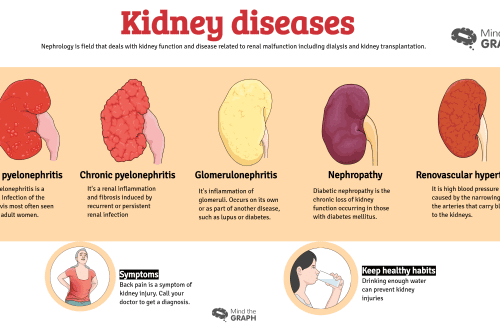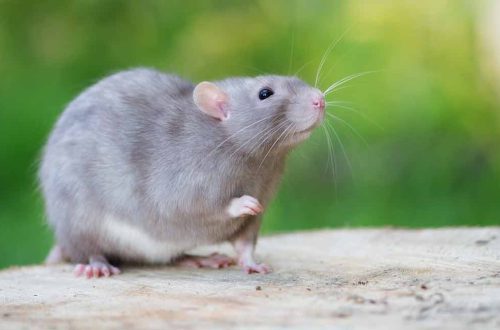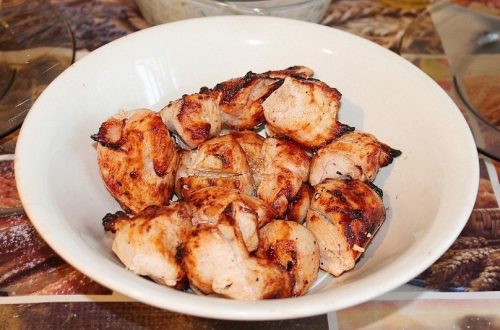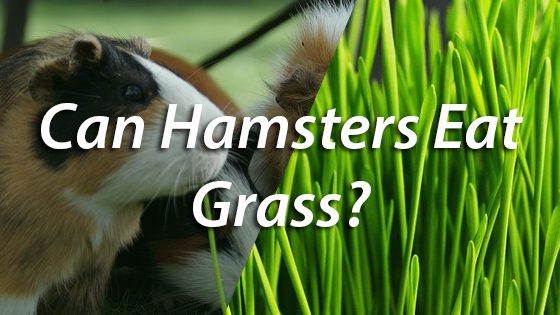
What grass can be given to hamsters, do dzhungars eat it?
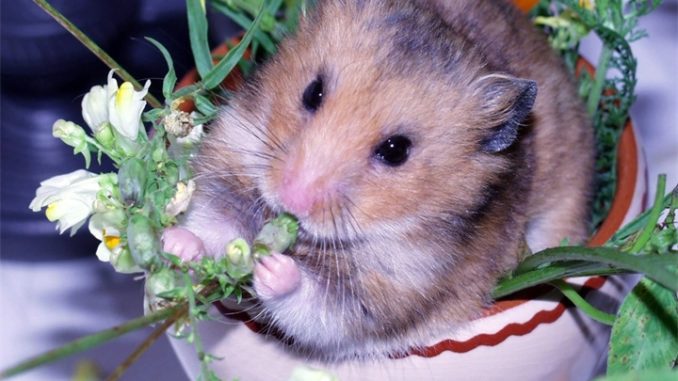
The diet of a domestic rodent must be diversified with fresh, juicy grass. This is one of the essential components of a balanced diet for your pet. Consider what grass can be given to hamsters: Dzungarian, Syrian and others.
Hamsters do not know how to recognize for themselves which food will be good for them and which will be harmful, so the owner must take on this responsibility. To understand what kind of grass hamsters can have, you will have to become a little herbalist and study the properties of the most common plants.
Contents
Useful plants
Many owners are curious if hamsters eat grass from our table. Dill, parsley, lettuce leaves can be safely offered to the baby daily. This is the safest green for rodent nutrition.
The situation is different with medicinal and field plants. Let’s analyze what grass hamsters eat in the wild.
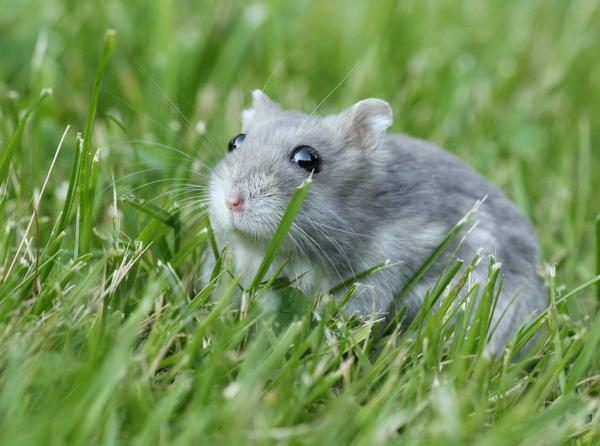
Pyrée
This is a traditional plant for the diet of rodents. It is even included in the hay, which is sold in pet stores. Such grass and fresh will be useful for a hamster of any breed.
Sporesh
Medicinal plant, very common in the middle lane. It is used as an anti-inflammatory, diuretic. The hamster will readily eat such grass, because in nature rodents often feed on it.
Clover
Delicate clover leaves are an ideal grass for hamsters. Little by little, this plant can be offered to your pet at least every day.
Plantain
Plantain is a plant known for its medicinal properties. Hamsters love to eat this herb.
Mug
Early burdock leaves are a great addition to your pet’s diet. They will have a general strengthening effect on the body, help prevent skin diseases, cystitis, and get rid of parasites.
Nettle
Nettle leaves are one of the first to appear in spring and contain many useful substances. They must be added to the baby’s diet with beriberi or just to support the body after the winter period. Fresh leaves must first be washed, and then boiled for a couple of minutes in boiling water. Then cool, cut and only after that treat the pet.
Sneep
Some owners, knowing about the beneficial properties of this herb, are wondering if hamsters can have grass called Snyt. This is a little-known, albeit very common plant throughout the country. The first shoots germinate in clearings that have just been freed from snow.
Young leaves contain:
- a large amount of vitamins C and A;
- natural antibiotics;
- ascorbic acid;
- anti-cancer substances.
Gooseberry has properties that help prevent joint diseases, so it will be especially useful to treat a Syrian baby to it. It also strengthens the immune system, maintains the strength of the body during ailments.
What to give with caution
There are types of plants that are best offered to rodents little by little. We will analyze what grass to give hamsters with caution, and why.
Dandelion
Dandelion stems are not suitable for feeding rodents, and leaves can be given, but little by little. It is a strong diuretic. In large quantities, it will harm the baby’s digestive system.
Sagebrush
The plant has many useful properties – it is a diuretic, anti-inflammatory, hypnotic. Wormwood helps to improve the functioning of the stomach, intestines, gallbladder. Veterinarians prescribe this weed to rodents as a medicine. It is better not to introduce it into the diet on your own, so as not to harm the pet.
Wormwood can be kept next to the cage to avoid fleas in the rodent. The aroma of the plant will not harm the pet, and it will scare away insects.
Tarragon
Tarragon is also called Tarragon Wormwood or Tarragon. It is used to treat wounds, inflammation, spasms. Contains a large amount of essential oil, which, if the dose is exceeded, will cause serious poisoning in the rodent.
harmful plants
There are herbs that are absolutely contraindicated for eating by small rodents. To avoid severe poisoning, as well as other diseases that can lead to the death of a pet, consider which herbs and woody plants are forbidden to offer a furry friend:
- sorrel (contains too much acid);
- mint (excessive content of essential oil for the organism of rodents);
- any bulbous (these are toxic plants);
- needles (pine needle resin causes allergies and other diseases). It is not even recommended to put coniferous sawdust in the cage as bedding – only sawdust of deciduous trees.
Herbs in the diet of Syrians and Dzungarians
Since the nutrition of Djungarian hamsters is somewhat different from that of other hamsters, responsible owners are worried about whether it is possible to give grass to Djungarian hamsters.
Babies of this breed should be offered herbs in accordance with the general rules for all small rodents.
Syrian hamsters can also be given greens, based on the usual recommendations for all breeds. You should pay attention only to the prevention of joint diseases in Syrian babies. To do this, in early spring, you can let them feast on the early leaves of the goutweed.
How not to harm
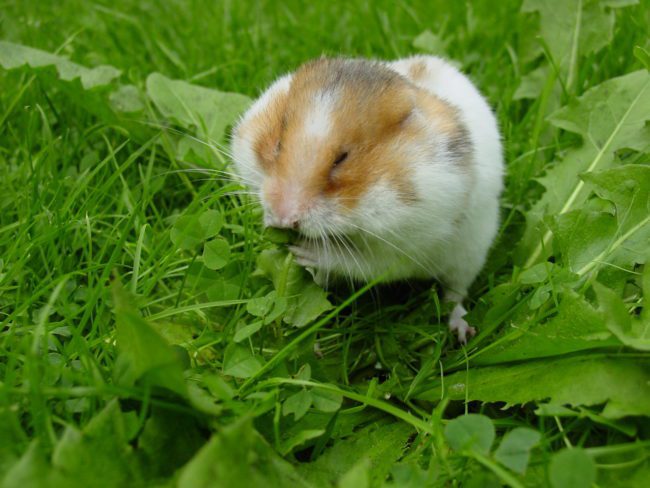
If you have any doubts about whether it is possible to give grass of one kind or another to hamsters, remember which plant seeds are used in ready-made mixtures for feeding rodents. All these cereal herbs can be treated to a pet.
In winter, it is better to grow grass for the hamster yourself, using the leftovers of uneaten food. You just need to pour these grains into a pot of earth, water and wait a while. Soon shoots will sprout, which, with a clear conscience, can be offered to your pet.
In summer, you need to collect herbs that have grown away from the roads (best of all in your summer cottage). Freshly harvested plants should be used – it is impossible to take stale cut grass, as mold may already form on it. Before you treat the baby, you need to rinse the stems and leaves well. It is also good to soak them in cold water for several hours to get rid of all harmful substances.
Grass in the diet of hamsters
4.3 (86.67%) 18 votes



